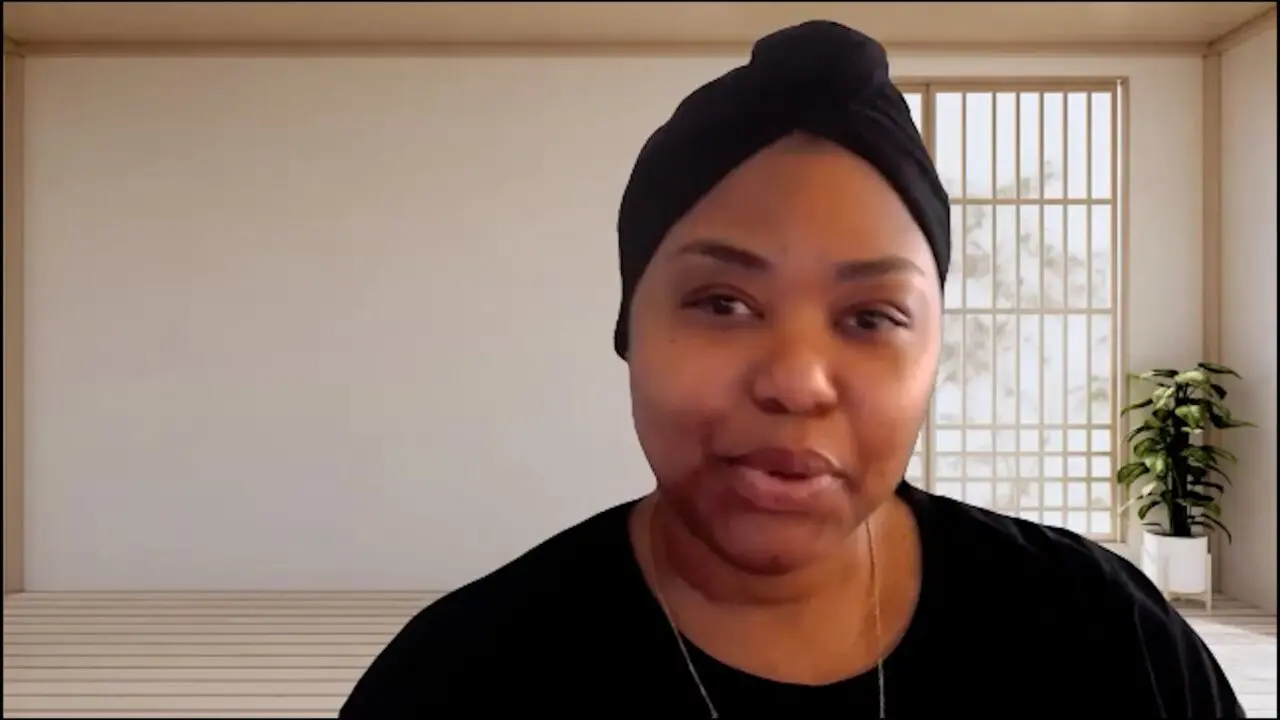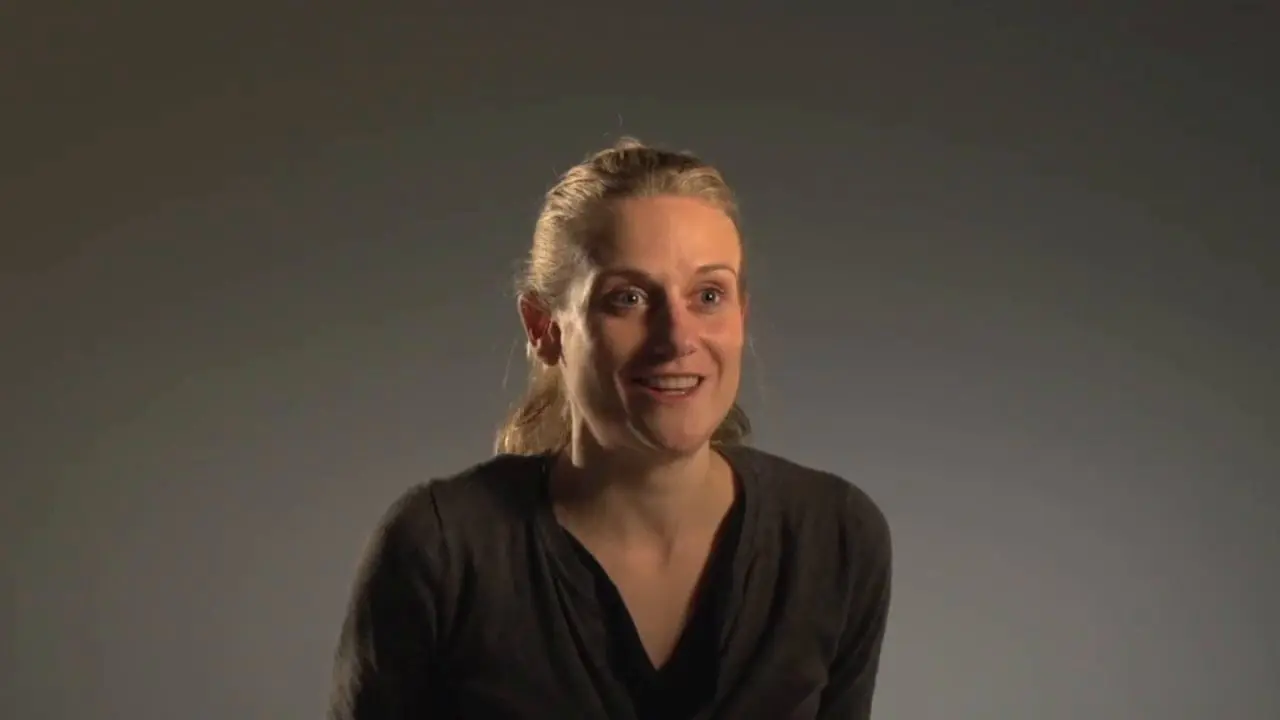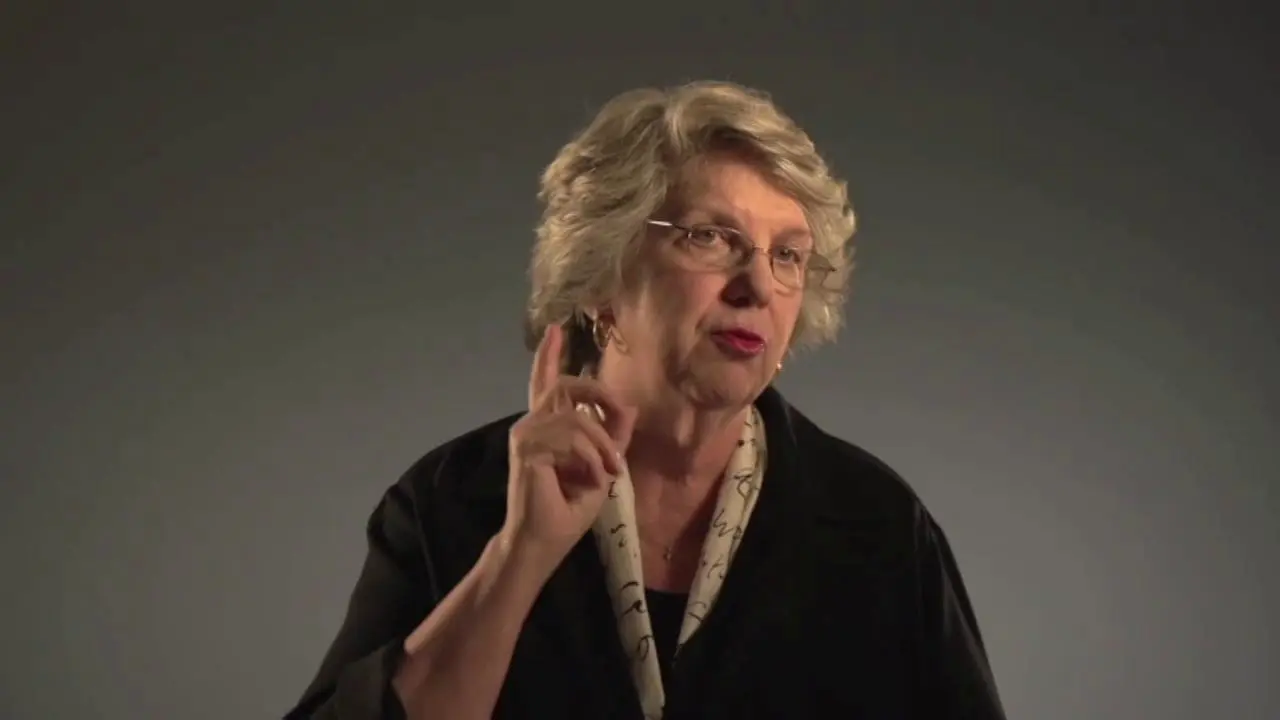Mindfulness of Current Emotion
Mindfulness of Current Emotion reduces suffering by helping you feel what you’re feeling without suppressing, avoiding, or making emotions worse.
Stories

For most of my life, I avoided my feelings... I would numb myself, but those emotions were still there waiting for me. When I learned about mindfulness of current emotion, I decided to try something different. I decided to sit down with my emotions.

This is where I find it most useful to focus when doing Mindfulness of Current Emotion.

I'll find myself, if I'm not trying to learn Spanish or listening to the radio, thinking about whatever is troubling me.

The first time I tried this, I was going on a blind date. I had pre‑determined that this was the person I was going to marry.

When I first started college, I would get a lot of anxiety in big lecture halls. But, also I wanted to listen to the lecture.

I used to shove all my uncomfortable emotions down. I would imagine a barrel and then shove all the uncomfortable emotion into the barrel.
Community Tips
I always forget about this skill. But, when I’m like, totally messed up, if I remember, it’s the fastest way out for me.
I don't tell myself I have to figure out what the emotion is, or even what the thought is. All I need to do (or all I choose to do) is to scan my body between my neck and my pelvis bone, just up and down a few times and feel where it feels the strongest. I take that spot and breathe it in and breathe it out through it.
Man, this skill is powerful if you get yourself to do it. I used to say, ‘I think there would be world peace if everyone practiced Mindfulness of Current Emotion’.
I use a timer to practice mindfulness of current emotion for a couple of minutes because trying to do it until that sensation goes away can feel like too much. So I'll start with a small amount of time just practicing one minute and then maybe next week I'll try it for two minutes.
If I’m really stressed about an event, I’ll get ready and then lie on my bed in all my clothes. I’ll play some lite music and I’ll try to loosely do this skill for about 15 minutes.
When I was probably at my lowest point and strongly considering suicide this is probably the number one thing that helped me get out of it ‑ it helped me make sense of just what was going on in my body and in my head. I would ask myself 'What does this emotion feel like? What sensations do you tend to feel?' And mapped that for myself. I could like feel the urge and I could use that to help work backwards into the emotion too.
When mindfulness of current emotion really clicked for me was when I realized that the resistance you have for your whole life for yourself, for the emotions, wasn't helping...so it got easier to just be who I am.
Why Use this Skill
Emotional suppression—pushing down or ignoring emotions—is bad for our physical and emotional health. Sadly, many cultures and families encourage suppression. Most people haven’t been taught how to feel their emotions. Mindfulness of Current Emotion offers some tips.
When to Use This Skill
Use Mindfulness of Current Emotion when:
- You’re feeling an emotion.
- You want to increase self-understanding or connection with yourself.
- You want to improve your mindfulness and embodiment.

Overview Video
MarshaHow to Use This Skill
-
- Imagine your emotion like a wave, coming and going. You can “ride the wave,” rather than trying to stop it or trying to keep it around.
- Bring your attention back to the emotion, rather than any negative thoughts.
-
- Pinpoint where in your body you actually feel your emotion.
- Describe your emotion’s body sensations, and how they change, using words.
-
- Remind yourself that you are feeling your emotion, but you are not your emotion.
- Remind yourself that emotions are body signals.
- Remind yourself that you’ve felt differently before and will feel differently again.
-
- Self-validate what’s true about your emotion.
- Say “thank you” to your emotion for trying to help you.
- Radically accept that you’re feeling what you’re feeling.
A Note on Interoception
If you are neurodivergent, or if you have a history of trauma, you may have a lot of trouble feeling physical sensations in your body—this is a body sense called “interoception.”
People who struggle with interoception usually struggle with understanding, identifying, and feeling their emotions (since emotions live in the body).
Luckily, just like many things, interoception is a skill that you can learn. Take your time and keep practicing the above tips, as well as other mindfulness skills, whenever you feel willing.
Resources
The Wave Skill: Mindfulness of Current Emotions
From DBT Skills Manual for Adolescents, by Jill H. Rathus and Alec L. Miller
Experience an Emotion in the Present Moment
Brief animated video describing Mindfulness of Current Emotion, by DBT‑RU YouTube channel
Putting Words on Feelings
Resource with words for describing emotions and physical sensations, from The Change Triangle
Emotion Dictionary
A worksheet from the DBT skills book’s “Emotion Dictionary” for increasing your emotional language
Related Skills
Wise Mind
Find your inner wisdom.
Notice Glimmers
Find and appreciate positives.
Self‑Soothing
Nurture yourself with physical comfort and pleasure.
Radical Acceptance
Acknowledge what’s true and let yourself grieve.